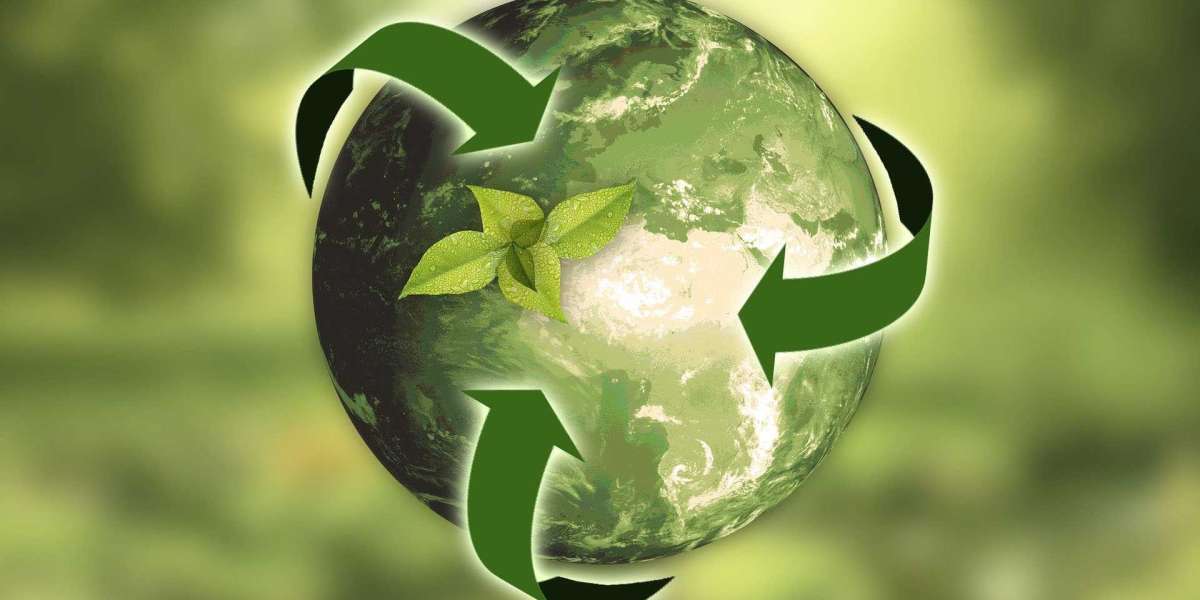International communities have different approaches to resolving the garbage crisis. Of course, there is a global concept of waste management, and its essence is to reuse things and dispose of bury waste only if it is impossible to reuse it.
Germany
In this state, at the legislative level, the responsibility of the population and businesses for the separation and disposal of waste is fixed. Fines range from 30 to 2500 euros.
Since the 80s, a system of deep sorting waste has been developed, divided into five types: paper and cardboard, glass, plastic, metal products, and food waste. The cost of drinks in plastic bottles includes the cost of the container, which can be returned by recycling in a special vending machine. There are also centers for the reception of used batteries and textiles; bulky waste is transported to specialized landfills independently or with the help of freight companies.
A feature characteristic of Germany is the presence of specialized containers for glass on city streets. They are designed to collect glass containers of various colors. Color sorting makes it easier and cheaper to follow up on recycling in Germany.
The result of the well-coordinated work of public authorities, private businesses, and respectable citizens has become impressive indicators: a quarter of a million jobs are occupied in the field of waste processing in Germany, the cash turnover in previous years amounted to 70 billion euros, and up to 80% of the country's waste was sent for recycling.
France
Civil liability is also developed here. The French know-how is interesting for the world experience. For a simplified perception of sorting rules, devices similar to electronic consultants were mounted on sites with garbage containers for the population. The interaction follows: a person brings the packaging from the used product to the scanner with a barcode, and the device gives instructions on how to dispose of the object. Moreover, the smart assistant analyzes the bin's occupancy level and, if necessary, sends a signal about the need for the arrival of a garbage truck.
Non-recyclable waste in France is burned in incinerators. The problem with smoke and releasing an unpleasant odor that interfered with the surrounding settlements were solved: the buildings were equipped with state-of-the-art equipment and placed underground.
USA
There are three waste management programs in the United States, which differ slightly from each other. The state/county authorities select the conversion program. A common part of these programs is the active promotion of waste sorting. Food waste and sortable waste must be thrown into one container. Glass and PET bottles, aluminum cans, and other debris to be recycled are placed in another. Residents only need to independently separate the processed waste due to the excellent capabilities of sorting plants equipped with magnetic and optical separators, modern screens, and other equipment. By the way, this "lazy" sorting of waste made it possible to accustom Americans relatively quickly to throw away garbage separately.
US stores have dispensers for bottles and aluminum cans. Many take advantage of this because, for example, a bottle of cola includes a small deposit for the container (about 10 cents). Upon delivery of the container, this money is returned. The federal government is constantly improving the waste collection system, consistently reducing the amount of landfilled waste. Since the 1990s, the federal program "RRR - Reduce, Reuse and Recycle" has been operating in the United States, for example at Milton Recycling Centre. According to the program, by the end of 2020, the country plans to achieve recycling of 20 million tons of garbage per year and significantly reduce the number of landfills.
Sweden
In the waste recycling field, Sweden has become a leader in converting scrap into a full-fledged energy raw material. One of the most modernized and largest plants operates in the capital's suburbs. Here, up to 95% of the daily incoming garbage is transformed into energy and resources necessary for the country, directed to the subsequent heating of houses and partially covering the city's needs in the hot water supply.








